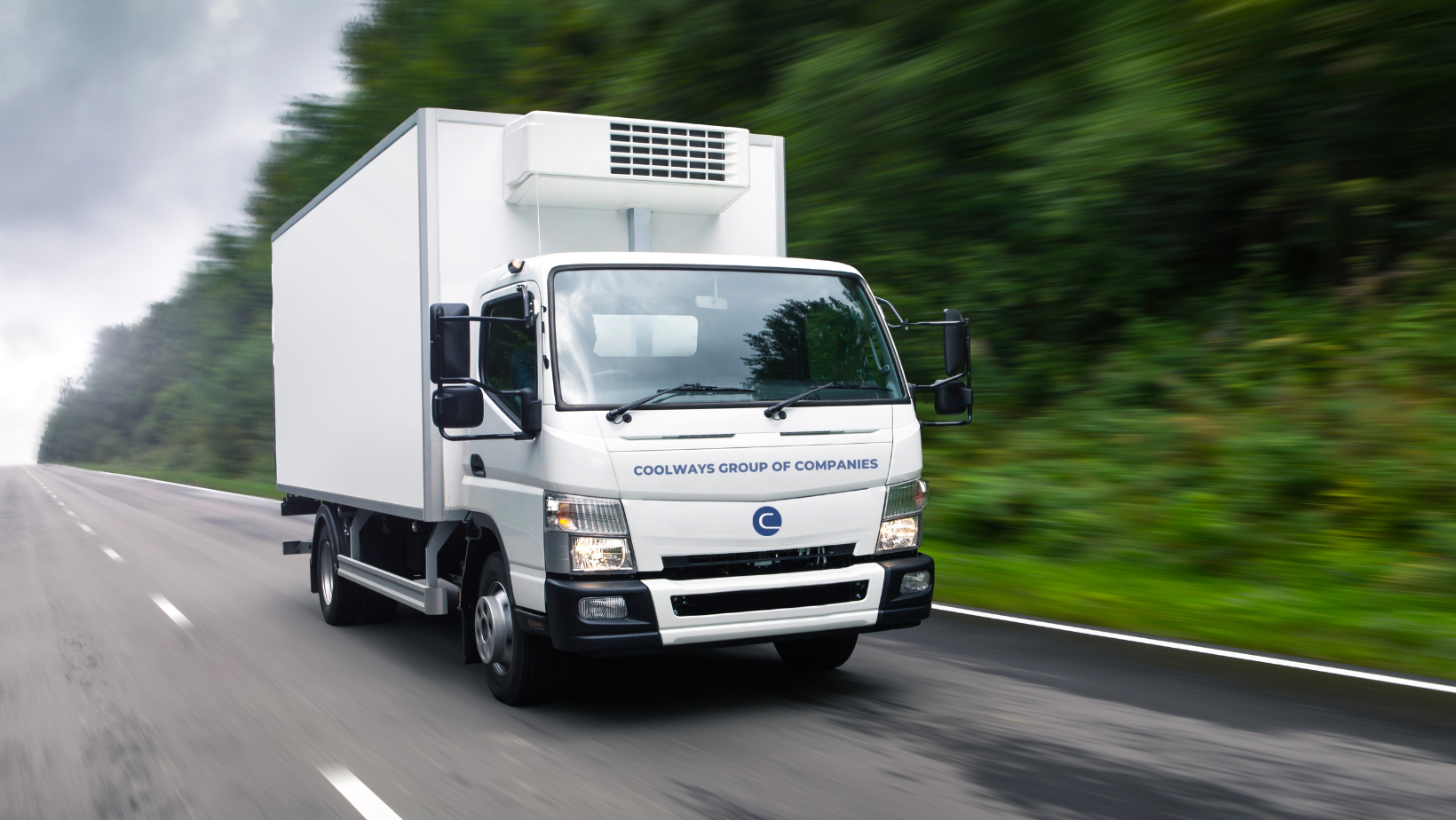Refrigerated food transport, also known as cold chain logistics, involves the transportation of perishable goods that require temperature control to maintain their quality and safety from the point of origin to the final destination. This process is critical for industries such as food and beverage, pharmaceuticals, and biotechnology. Here are the key aspects of refrigerated food transport:
Key Components of Refrigerated Food Transport
- Refrigerated Vehicles (Reefers)
- Types:
- Refrigerated Trucks: Used for shorter distances and smaller loads.
- Refrigerated Trailers: Attached to semi-trucks for long-distance haulage.
- Refrigerated Containers: Used for intermodal transport, including sea and rail.
- Temperature Control: Equipped with refrigeration units that maintain specified temperatures, ranging from -30°C to +30°C (-22°F to +86°F) depending on the cargo.
- Types:
- Temperature Monitoring and Control
- Sensors and Data Loggers: Continuously monitor temperature, humidity, and other environmental conditions inside the vehicle.
- Telematics Systems: Provide real-time data and alerts to fleet managers, ensuring that the temperature remains within the required range throughout the journey.
- Packaging
- Insulated Packaging: Helps maintain temperature during handling and short periods outside of refrigerated environments.
- Gel Packs and Dry Ice: Used for additional cooling, especially for goods that require lower temperatures.
- Pallets and Containers: Designed to facilitate airflow and maintain uniform temperature distribution.
- Loading and Unloading
- Cold Storage Facilities: Ensure that the cold chain is not broken during loading and unloading.
- Dock Shelters and Seals: Minimize temperature fluctuations during transfer between storage and vehicles.
- Regulations and Compliance
- Food Safety Modernization Act (FSMA): In the U.S., sets requirements for sanitary transportation of food, including temperature controls, training, and record-keeping.
- HACCP (Hazard Analysis and Critical Control Points): A systematic approach to food safety that identifies and controls potential hazards in the food production process.
- International Regulations: Various countries have their own regulations, such as the European Union’s Regulation (EC) No 852/2004 on the hygiene of foodstuffs.
Benefits of Refrigerated Food Transport
- Preservation of Quality and Safety: Maintains the freshness, nutritional value, and safety of perishable goods.
- Extended Shelf Life: Reduces spoilage and waste by keeping products at optimal temperatures.
- Compliance with Food Safety Standards: Ensures adherence to legal requirements and industry standards.
- Market Reach: Allows producers to ship perishable goods over long distances, expanding their market.
Challenges in Refrigerated Food Transport
- Temperature Fluctuations: Ensuring consistent temperature control during transit and handling.
- Equipment Reliability: Dependence on refrigeration units and monitoring systems to function without failure.
- High Costs: Higher operational costs due to specialized equipment, fuel consumption, and regulatory compliance.
- Complex Logistics: Coordinating the cold chain involves meticulous planning and real-time management.
Innovations and Trends
- IoT and Telematics: Advanced telematics and IoT devices for real-time monitoring and data analytics to enhance cold chain management.
- Sustainable Practices: Use of eco-friendly refrigerants, electric refrigerated vehicles, and optimized routes to reduce environmental impact.
- Blockchain Technology: Enhancing transparency and traceability in the cold chain by recording every transaction and condition change on a decentralized ledger.
- Automation and Robotics: Automated loading and unloading systems to reduce human error and maintain temperature integrity.
Conclusion
Refrigerated food transport is a critical aspect of the global supply chain, ensuring that perishable goods reach consumers in optimal condition. With advancements in technology and a growing emphasis on sustainability, the industry continues to evolve, addressing challenges and enhancing efficiency. Proper management of the cold chain is essential for food safety, quality, and reducing waste, ultimately benefiting producers, retailers, and consumers alike.




